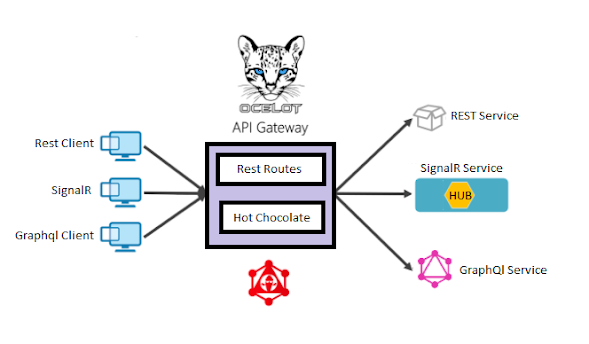Distributed Caching (Redis)
Caching is mainly used to store the data that are used very frequently or some form of complex computation. Caching is mainly used to improve the application performance and reduce the APIs latency. Cache memory made of high-speed static RAM so it will be faster than the normal Main memory. Cache memory will be expansive because of its speed. There is an N number of in-memory cache available. Redis is one of the open-source in-memory data stores to store the data in key-value format with optional durability. So while design the distributed caching we need to take the following consideration in order to meet the low latency with low cost.
Is Caching Required:
Based on the below points we can identity caching will be required for the application or not.
1) Number of reads and writes operations.
2) Number of reading operations at the individual data or user level.
3) Data can be converted into different formats for a particular period of time. It will reduce the heavy computation time.
4) Abstract data or very high level that will be used by the application frequently.
5) Frequency of data update on a period of time.
Is Distributed Caching Required:
Multiple applications can use the same Redis for their caching purpose or Individual application can have their own Redis also.
Based on the below points we can check the system will require distributed caching.
1) Data will be stored in Redis will be common for multiple applications. In this case, duplicate data will be avoided for individual applications.
2) While doing updates on cached data we can do a single update on a common Redis instance so no need to update on individual applications.
3) Redis will be deployed in a separate machine so it will be loosely coupled with the app server. so if the app server will be down, Redis will be available to the rest of the applications. But it will be applicable for on-prem cloud alone.
Data format:
While start using the data we need to store in key-value format. The Key will be a string or hash key. Redis provides different kinds of data structures to decide the key based on our needs. The key format should be aligned with our business schema. While reading the data from the cache we can use that key as input and we can get the corresponding cached data as a response.
Data Store:
We can store the data in Redis in different ways based on the needs.
Write through:
We can update the data first in Redis and then update the data in the main memory. So insert operation will be costlier because of two insert operations while creating new data.
Write back:
We can update the data first in Redis. Then, Using some kinds of background jobs, data will be updated in the main memory.
Write asides:
We can update the data in the main memory and return the response to the API. Using some background jobs data, data will be updated in Redis. Here Insert operation will be fast. But, there will be a delay on Redis to update the new data in terms of high volume update requests. The delay will be measured based on the data size and throughput.
Write on Cache miss:
API will fetch data from the cache first. if cache hits it will return the response. if cache miss service will read the data from main memory and update in the cache.
Data Eviction:
While saving the data we need to ensure the data size and how much data we are going to store. Because it will increase memory. Memory will have a direct relationship with cost. In order to meet the low cost, we need to remove the unwanted data frequently from the cache. we can use the following policies as part of data removable.
FIFO:
Once the cache will be full or reached the threshold, the first one will be stored will be removed from the cache. We can implement it as a default policy.
LRU:
We need to maintain the counter along with data. So data with the lowest count value will be getting removed. Data that will be used more frequently will be available in the cache.
Sliding Window:
Each data will be available in the cache for a particular period of time. In case if we try to access the data in the middle of the time the timing count will be reset. So data will be available until it's never used for a period of time.
Data Sharding:
While application grows the Redis size also will be grown based on our need. So We can scale the Redis vertically for the particular size. Once it's reached the size we need to scale it horizontally. So the data will be stored in multiple Redis instances. In order to get better results while fetching the data on multiple instances, we need to store the data on multiple Redis using the shard key. We need to decide the key based on our data format.
These are guidelines we need to follow as part of designing a distributed cache. As part of failover, we need to check the data persistence and data replicas. I will publish separate articles for distributed caching failover fallback mechanism.




Comments
Post a Comment